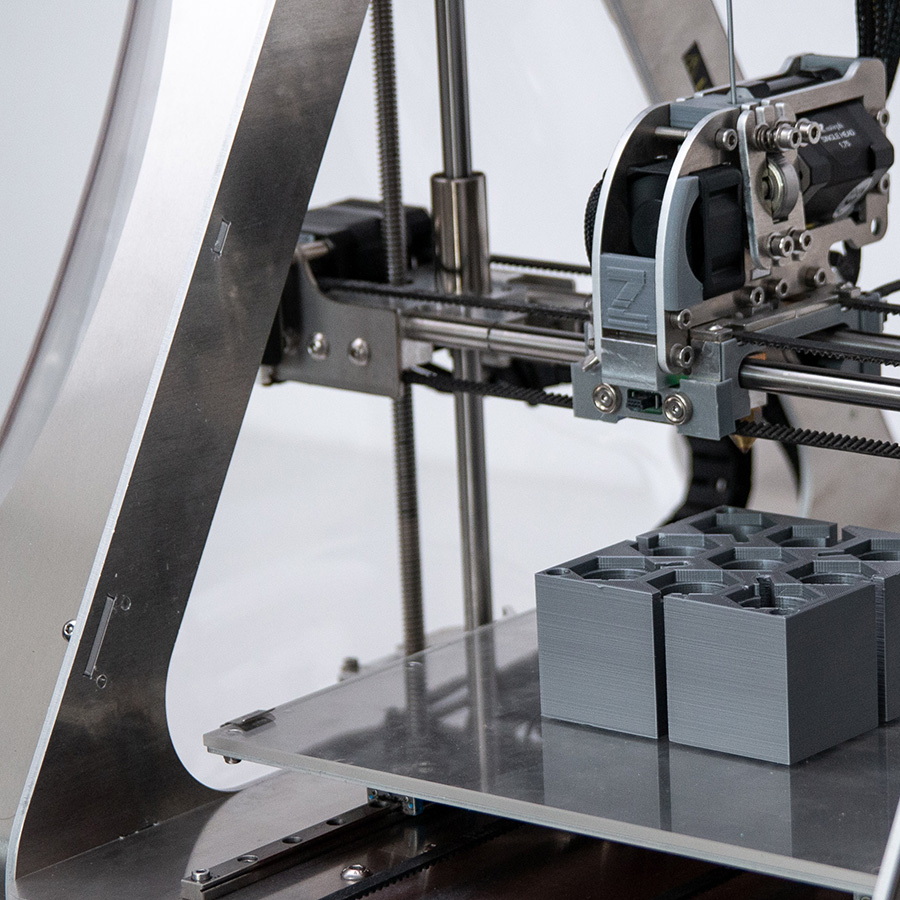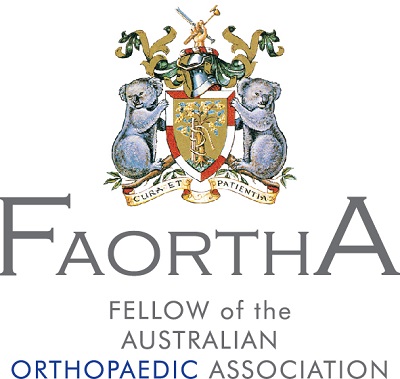Distal radius fractures
- Treatment of distal radius fractures is more aggressive than 20 years ago, this is due to the development of fragment specific fixation and a better understanding of fracture patterns.
- Distal radius fractures occur all patient groups.
- While many fractures are amenable to conservative, all cases should still be reviewed by an Orthopaedic Surgeon.
Clinical pearls
- Distal radius fractures and hand injuries have an increased rate of complex regional pain syndrome.
- Ligamentous injury, especially to the triangular fibrocartilage complex (TFCC) are common with distal radius fracture. These often interfere with rehabilitation and regaining range of movement.
- They seldom need to be treated surgically, but may need to be addressed. The diagnosis will ultimately be confirmed by the orthopaedic surgeon, but clues to the diagnosis include ulna sided wrist pain and swelling and stiffness in supination despite a healed fracture. The orthopaedic surgeon will likely confirm diagnosis with an MRI.
3D Printing for improved patient care
3D printing in orthopaedics is being used:
- Prior to surgery, with the aim to plan the surgical approach and prosthesis sizes preoperatively
and as a result decrease operative time. - To create patient specific guides which optimise prosthesis placement. It is hoped that this improved implant placement will ultimately result in decreased complication rates, decreased surgery times, improved implant longevity and improved patient outcomes.
Ben has a passion for 3D printing and the advances that it can offer in orthopaedic surgery.
The Practice has invested in its own 3D printer and Dr Kenny frequently prints models for improved intraoperative planning. For more complex cases Dr Kenny collaborates with an Artificial Intelligence Professor at the University of Queensland (UQ) to create innovative 3D models and calculate surgical correction measurements.







